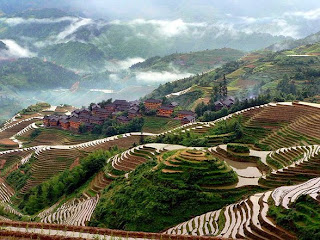
People are quite confused and don’t know what to believe. The thing is that many short-term weather extremes don’t prove anything about the long-term climate change. Although some people may deny it, it’s a fact that humans are causing it and and it’s not just a hoax.
Climate scientists admit that they know very little about short-term climatic fluctuations. They claim to know more about what will happen in 2050s than what’s happening next year. It has been concluded that global surface temperature may not increase over the next decade, cause Natural climate variations in the North Atlantic and tropical Pacific would temporarily offset the projected anthropogenic warming. This, however, would not change anything about the long term global warming and that the earth is going to get warming in the long run.
Some scientists say that not 100 per cent of the global warming is due to greenhouse gas emission. Also that a warming of 2 degree Celsius or even more won’t bring the end of winter. Just like the metaphorical frog slowly boiling to death, we might not even realize these subtle changes for another few decades.
There are other scientific theories and even proof that the climate change that is happening is mostly man-made. There are still those other individuals that actively go out in the public to deny human-caused global warming .These activity usually has a political background and they usually address uninformed lay people who are unfamiliar with the data.
The solution lies in lowering the tide of rising emissions. People need to be informed not just about the cause but also the solution so they feel responsible to act, that they can contribute to emission reduction in their own household and lifestyle. They could only use the most efficient appliances in the market. Also they can cut down on air and car travel. Political solution lies in building an energy supply system over the next decade based primarily on renewable resources.












